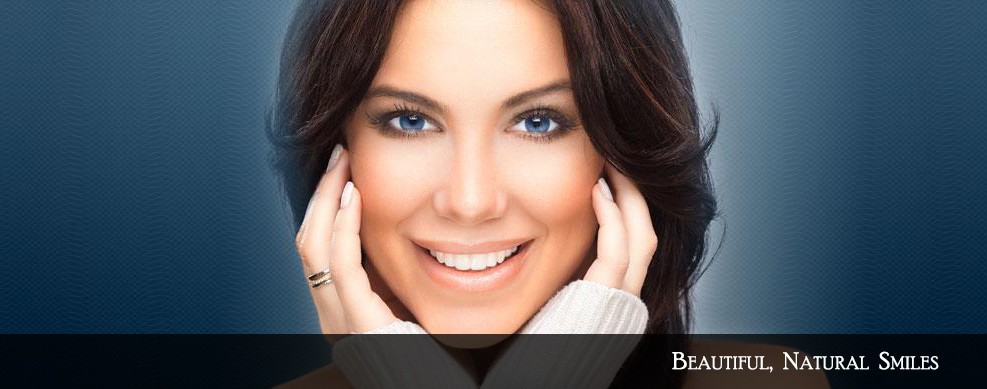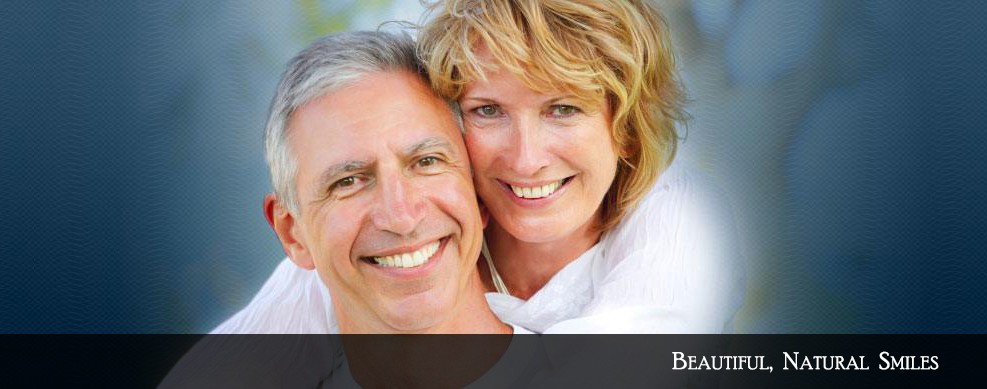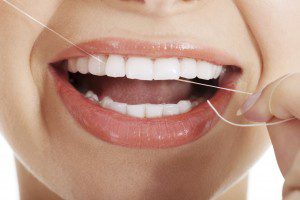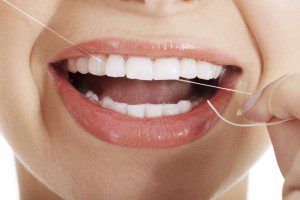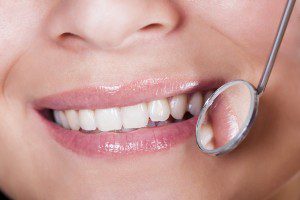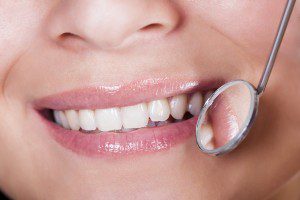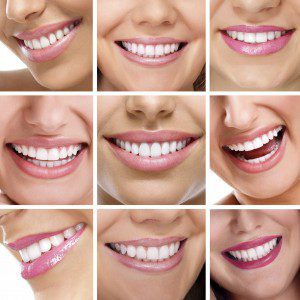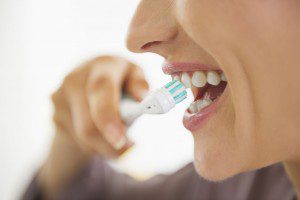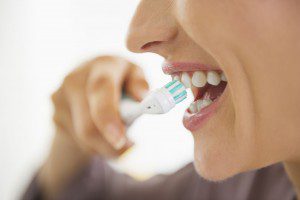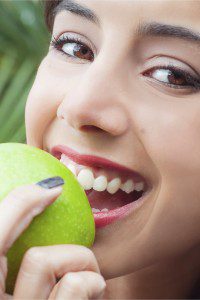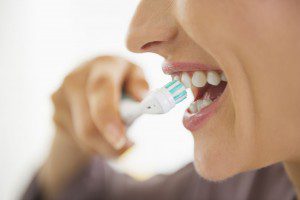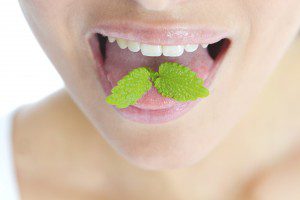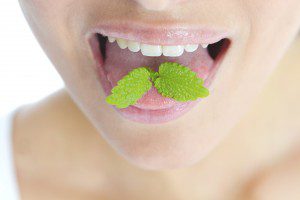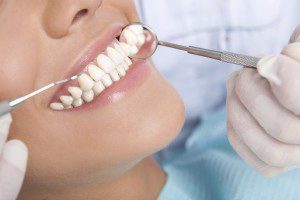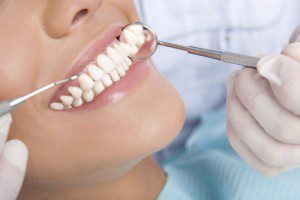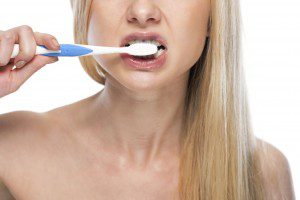
Proper oral care is rather simple – take good care of your teeth or your smile will suffer for it. But, simple, doesn’t always mean easy. If it were, then people won’t have to worry about having any dental problem and dentists won’t have as many patients.
The truth is, dental problems affect people of all ages today and one of the most common is tooth decay.
Tooth decay is what happens when the bacteria in plaque have produced enough acid in your mouth to destroy your tooth enamel. Being that bacteria are always present in your mouth, the key to preventing tooth decay is to always exercise proper oral care.
What happens, though, once the damage has been done? Can the effects of tooth decay still be reversed?
Visiting Your Dentist
Well, sadly, there are no immediate and magical cures for tooth decay. Also, when it comes to tooth decay, you’re better off taking steps to preventing it rather than trying to undo the damage it has done, which is near-impossible to do so.
What you can do, however, is to start scheduling regular appointments with the dentist. They can help you prevent tooth decay, or at least, prevent it from progressing any further. Also, they can check your teeth for cavities and other dental problems. They can also clean your teeth and gums to get rid of as much plaque, as well as bacteria as possible.
Basic Dental Habits
While undoing the damage done by tooth decay is already out of the question, you can at least defend yourself from it. You can start by brushing twice a day to help rid your teeth of plaque and food particles that are partly responsible for tooth decay. Flossing and rinsing regularly also helps in this regard.
Use Fluoride Toothpaste
Fluoride is a key ingredient in helping prevent tooth decay and keeping your smile as bright as it can be. Fluoride can also help reverse the mild effects of tooth decay, making it even more important of an ingredient.
Brushing with fluoride toothpaste and rinsing with a fluoride rinse will keep your teeth healthy and prevent tooth decay
Use Sugarless Gum
If you’re going to chew on gum, go sugarless.
As it turns out, the chewing of gum can help stimulate saliva production. The more your mouth produces saliva, the more it’s able to neutralize and wash away the acids on your teeth, helping prevent tooth decay.
By chewing on sugarless gum regularly, you have a great option that helps keep your teeth nice and clean in between brushing and flossing. As a bonus, your breath will almost always smell fresh.
Just remember to chew on sugarless gum that’s been sweetened with Xylitol, not just any other regular gum that’s full of sugar.
Use Mouthwash
Mouthwash can also help prevent tooth decay by reducing the amount of bacteria present in your mouth.
You can choose to buy an over-the-counter mouthwash, or get a prescription mouthwash from your dentist.
Keeping Tooth Decay at Bay
By giving your teeth all the tender loving care that they deserve, you can help make sure that they’re in clean and healthy for many more years to come!
Make an appointment today for a check up and cleaning with Clive Rosenbusch DDS at 561-394-7888 or by visiting the website at www.cliverosenbuschdds.com.

